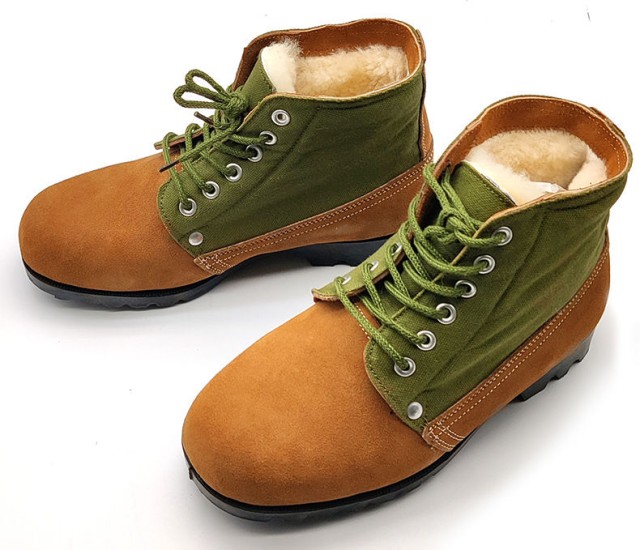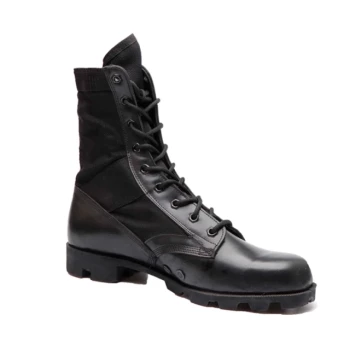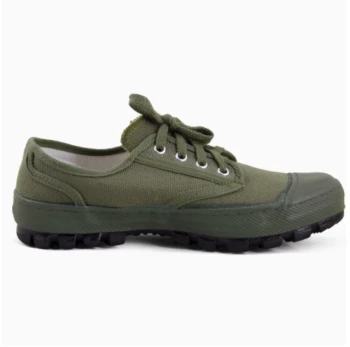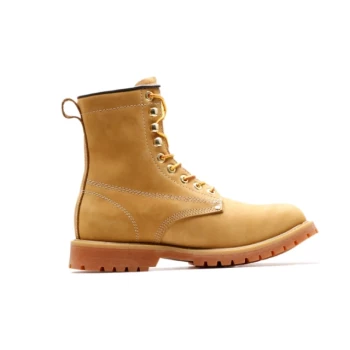Camouflage fabric has evolved far beyond its military origins, becoming a versatile material that bridges performance, aesthetics, and innovation. Whether you're a designer sourcing textiles, a brand owner exploring trends, or simply curious about its applications, this guide reveals how camouflage merges utility with style—and why it’s a smart choice for modern lifestyles.
Camouflage Fabric Beyond Combat
Technical Advantages in Performance Wear
Camouflage isn’t just about blending in—it’s engineered for durability and adaptability. Modern performance wear leverages these traits:
- Weather Resistance: Tight weaves and treated surfaces repel moisture and resist abrasion, ideal for outdoor gear.
- Thermal Regulation: Some variants incorporate breathable layers, making them suitable for activewear.
- UV Protection: Certain patterns are designed with sun-blocking materials, a boon for hiking or sports apparel.
For bulk buyers like footwear manufacturers (e.g., integrating camo uppers into boots), these features add functional value without sacrificing visual appeal.
Blending Form and Function in Fashion
Fashion designers repurpose camouflage to make bold statements:
- Streetwear Staples: Brands often use disruptive patterns to convey edgy, urban aesthetics.
- High-End Adaptations: Luxury labels reinterpret camo with premium fabrics like silk blends, proving its versatility.
- Seasonal Trends: Earthy tones dominate autumn collections, while neon variants emerge in spring lines.
This duality—rugged yet stylish—makes camouflage a recurring trend in apparel and accessories.
Creating Immersive Spaces Through Home Design
Interior designers use camouflage textiles to craft dynamic environments:
- Textured Accents: Camo-printed cushions or curtains add depth to minimalist spaces.
- Statement Walls: Large-scale patterns create focal points in commercial settings like cafes or offices.
- Camouflage as Art: Fabric panels with organic patterns mimic natural landscapes indoors.
For bulk purchasers, this opens opportunities in hospitality or retail décor projects.
Sustainability and Innovation in Camouflage Applications
Eco-Friendly Material Breakthroughs
The industry is shifting toward sustainable camo fabrics:
- Recycled Blends: Post-consumer polyester and organic cotton reduce environmental impact.
- Plant-Based Dyes: Alternatives to chemical dyes preserve ecological balance while maintaining colorfastness.
- Biodegradable Options: Experimental materials like mushroom-based leathers are entering the market.
Brands prioritizing eco-conscious production can leverage these innovations to meet consumer demand.
Smart Textiles and Adaptive Patterns
Cutting-edge developments are redefining camouflage:
- Light-Responsive Fabrics: Some textiles adjust patterns based on ambient light, enhancing concealment for hunting gear.
- Thermochromic Inks: Apparel that changes color with temperature shifts (e.g., for ski wear).
- 3D-Printed Camouflage: Customizable designs for niche applications, from footwear to tech accessories.
For distributors, these advancements offer competitive differentiation in performance-focused markets.
Ready to Elevate Your Product Line?
3515’s expertise in footwear manufacturing can help you integrate camouflage fabrics into high-demand designs—combining durability, style, and innovation. Partner with us to create bulk orders that resonate with today’s trends.
Camouflage fabric isn’t just a material; it’s a design philosophy that adapts to life’s demands.
Related Products
- Wholesale High-Traction Camo Boots - Custom Manufacturer for Brands
- Durable High-Traction Canvas Sneakers Wholesale & Custom Manufacturing
- Durable Military Combat Boots with Water Drainage for Wholesale & OEM
- Wholesale Customizable Suede Safety Boots - Puncture-Proof with Velcro Closure
- Durable Canvas Work Shoes with Rubber Lug Sole | Wholesale Manufacturer
Related Articles
- Why Vulcanized Soles Dominate Technical Skateboarding: A Science and Performance Breakdown
- How Military Camouflage Boots Outperform: Engineering for Extreme Survival
- How Vulcanized Soles Engineer Superior Performance: A Science-Driven Guide for Athletes
- How Military Camouflage Boots Engineer Tactical Superiority: Design, Protection, and Endurance
- How Vulcanized Rubber Boots Outperform Standard Footwear: Science and Practical Benefits



















